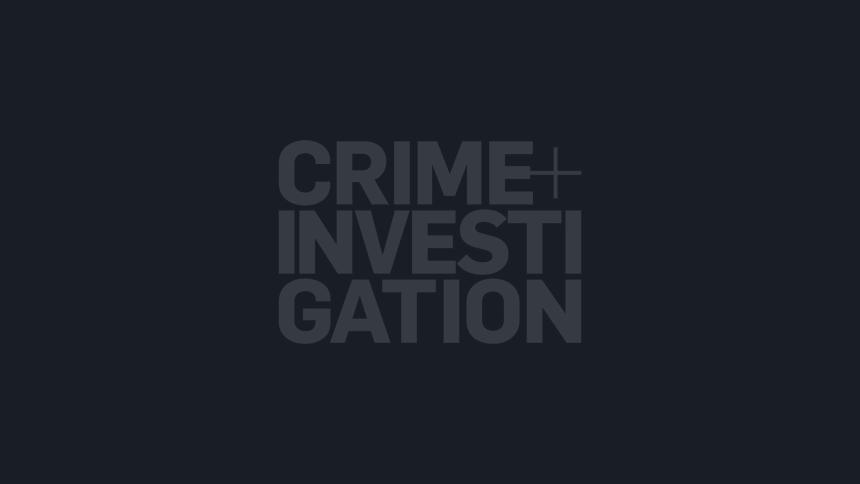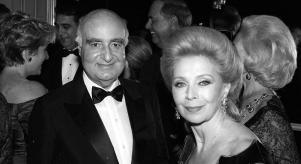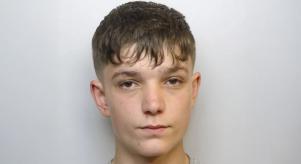
Russian gangs of New York: Putin's new order
Part 2 of our feature on the Russian gangs of New York explores the links between the Russian Mafia and the Kremlin.Read part 1...
The Soviet Union’s collapse, in 1991, prompted an influx of thousands of powerful criminals from all over the USSR, known collectively as the ‘Russian Mafia’ to the United States. Once again, many of these new arrivals settled in South Brooklyn. More deadly and organised than their predecessors, these newcomers maintained close ties with their counterparts in Moscow and elsewhere in the former Soviet Union.
The arrival of Vyacheslav Ivankov (aka “Little Japanese”), in 1992, was symbolic. Identified by Russian police as aVor v Zakone ('a thief-in-law', the old USSR’s highest criminal rating) he had been sent by Moscow to manage and multiply its North American operations. He was also, apparently, killing too many people back home, and considered a liability. The story goes that he was met by a fellowvor at JFK Airport, who handed him $1.5 million cash in a suitcase. Ivankov took over all Russian organised crime in New York, apparently with little opposition. (Former New York boss, Boris Nayfeld was convicted of drug trafficking in 1994.)
Over the next three years, Ivankov helped move New York’s Russian mob from local business to a global brand. Under his leadership, the new influx of criminals (labelled the ‘first team’ by New York crime-fighting agencies) expanded into high stake drug trafficking, money laundering, extortion and prostitution. He regularly flew to Europe and Asia, to liaise with associate groups around the world. The FBI believes Ivankov recruited two 'combat brigades' of Special Force veterans of the Soviet War in Afghanistan to run the mafia’s protection racket and kill his enemies. In 1994, the US Justice Department elevated the Russian Mafia to a top investigative priority, alongside the Sicilian and American Mafias, Asian organized crime groups and Colombian drugs cartels. The FBI established a specialist Russian squad in New York, a few months later.
Ivankov was convicted of a million-dollar extortion attempt in 1996 and sentenced to 9 years in prison. Following prison time in the US, he was extradited to Russia to face murder charges in 2004, where he was acquitted and freed, but was assassinated in 2009. It is suspected that Ivankov handed over control to Konstantin 'Gizya' Ginzburg,who the FBI still believed to be the 'big boss' of Russian organized crime in America, in 2009.
Prior to his arrest, the FBI uncovered alleged links between Ivankov and New York art dealer, Felix Komarov, who lived on the 31st floor of the Trump Plaza. It was alleged that Komarov, who was never charged and has denied any wrongdoing, had been laundering money for Ivankov. Ivankov, himself, was living in Trump Tower at the time of his arrest; though there is no evidence Trump knew him personally.
When Russia’s economy collapsed in 1998, money was moved even more aggressively out of Russia, and many mobsters attempted to raise capital through North American stock.
The mob were believed to have laundered up to $10bn through the Bank of New York.
“Boss of bosses”, Semion Mogilevich made US history from his Eastern Europe hub in 1999, when one of the largest money laundering operations ever uncovered in the country was traced back to him. The mob were believed to have laundered up to $10bn through the Bank of New York. Mogilevich successfully evaded justice and continues to live openly in Moscow today.
In April 2013, the FBI indicted Alimzhan Tokhtakhounov (aka “Little Taiwanese”) over a sophisticated money-laundering, gambling and extortion ring, run out of 63A Trump Towers. In a similar model to many Russian money laundering operations, funds went from Russia, the Ukraine and other places, through banks and shell companies in Cyprus, before arriving ‘clean’ in the US. Vadim Trincher, the occupant of 63A and allegedly one of the top members of the ‘ring’, was sentenced to five years in prison.Tokhtakhounov, meanwhile, had moved back to Russia a decade earlier, when he was accused of rigging an ice-skating contest at the 2002 Winter Olympics, and so once again escaped US authorities. Other members of the racket included billionaire art dealer, Hilel “Helly” Namad, living on the 51st floor of Trump Towers, who also pleaded guilty and served five months of a one-year sentence. Seven months after evading justice, Tokhtakhounov was to be found in the VIP section of Moscow’s Miss World pageant, close to Trump himself, in November 2013.
In June 2017, 33 Russian mafia affiliates and members were arrested and charged by the FBI, US Customs and Border Protection and NYPD for extortion, racketeering, illegal gambling, firearm offenses, narcotics trafficking, wire fraud, credit card fraud, identity theft, fraud on casino slot machines using electronic hacking devices, murder-for-hire conspiracy and cigarette trafficking. They were also accused of operating secret and underground gambling dens based inBrighton Beach, Brooklyn; using violence on those who owed gambling debts; establishing nightclubs in order to sell drugs; plotting to force women associates to rob male strangers by seducing and drugging them and trafficking over 10,000 pounds of stolen chocolate. Of the 33 arrested, 27 were connected to the Russian mafia Shulaya clan, based largely in New York, including its leaders, Razhden Shulaya and Zurab Dzhanashvili. According to law enforcement and the prosecution, this was one of the first federal arrests against a Russian mafia boss and his underboss or co-leader.
There are more Russians than any other nationality on the Interpol most wanted list
Of the 6,000 Russian Mafia groups existing today, around 200 of them are said to have a global reach. There are more Russians than any other nationality on the Interpol most wanted list, and the group has a presence in every former Soviet country, alongside Europe, North America, Israel and the Arab world. Events like the daring assassination of old school Vor v Zakone, Ivankov in 2009, are viewed by some as a symbol of how Putin’s new order has replaced the old Vorovskoy Mir.
When Putin came to power in 2000, he clamped down on a Mafia which had grown too powerful in the chaotic aftermath of the Soviet demise. On one hand, he achieved a significant drop in violence; on the other,the Mafia and the state became locked in an even more symbiotic relationship, with mutual benefits. (Shortly before his assassination,Alexander Litvinenko claimed Mogilevich had had a good relationship with Putin since the 1990s.) A huge part of this quid pro quo centres on one major activity: money laundering. An estimated $1.3 trillion in ‘dirty money’ has left Russia since the 1990s.
In a recent interview with CBS News, Active Measures director, Jack Bryan said:“Vladimir Putin and his entourage within the Kremlin are constantly stealing money from the country. It’s the nature of corruption. And so, they need a way to funnel that money into safer jurisdictions, where the currency is stable, where they’re not going to get caught, where the money is protected. And so, they use the Mafia to funnel that money into other countries. And so, the Russian Mafia, it has – except for a brief period in the 1980s – worked as a branch of the Russian Government.”




